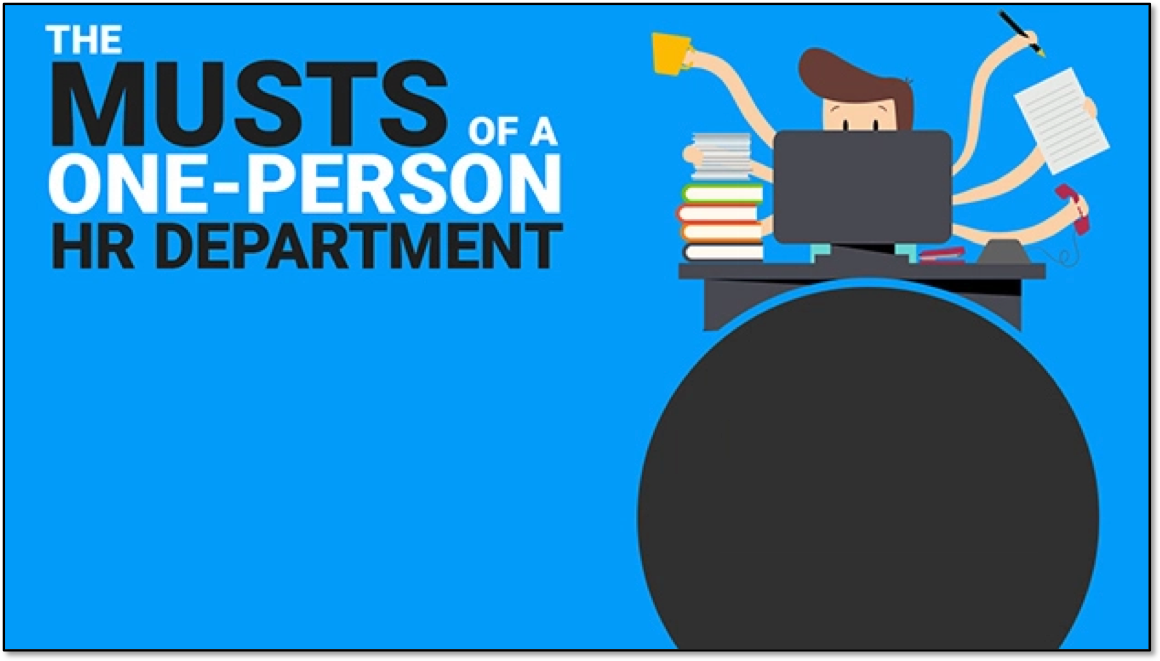"My favorite things in life don't cost any money. It's really clear that the most precious resource we all have is time." (Steve Jobs)
You’ve spent a lot of energy and resources creating your company’s stellar team. Your employees make your business function every day, dedicating themselves to getting the job done and getting it done right. Your employees are your most valuable resource. Their most valuable resource is time.
Offering on-site personal services equates to a bonus of time for your employees. For the most part, these bonus perks will cost little for a company to implement, and can have a net positive impact on profits. When your employees don’t have to ask for time off to take care of various errands, productivity increases. When they don’t have to take care of them after work or on the weekends, their stress levels decrease, and they get more time to spend with their families, making them happier and reducing turnover.
Here are a few services you might consider offering to employees to give them the gift of time.






















